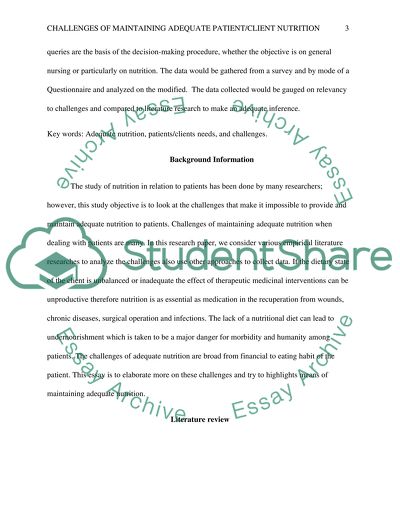Cite this document
(“Challenges of Maintaining Adequate Patient/Client Nutrition Essay”, n.d.)
Challenges of Maintaining Adequate Patient/Client Nutrition Essay. Retrieved from https://studentshare.org/nursing/1476340-evidence-based-practice
Challenges of Maintaining Adequate Patient/Client Nutrition Essay. Retrieved from https://studentshare.org/nursing/1476340-evidence-based-practice
(Challenges of Maintaining Adequate Patient/Client Nutrition Essay)
Challenges of Maintaining Adequate Patient/Client Nutrition Essay. https://studentshare.org/nursing/1476340-evidence-based-practice.
Challenges of Maintaining Adequate Patient/Client Nutrition Essay. https://studentshare.org/nursing/1476340-evidence-based-practice.
“Challenges of Maintaining Adequate Patient/Client Nutrition Essay”, n.d. https://studentshare.org/nursing/1476340-evidence-based-practice.


